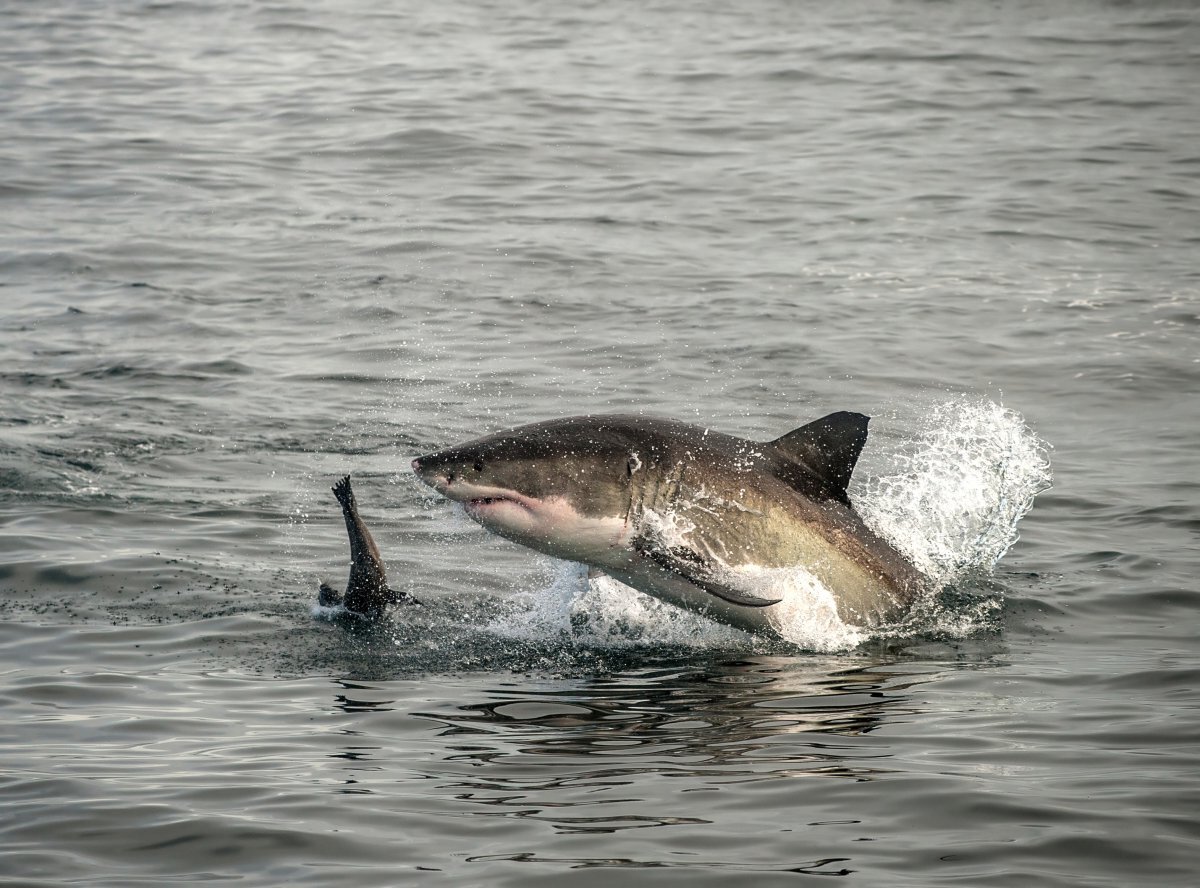
Did you know that the infamous shark attacks of 1916 inspired the movie "Jaws"? These terrifying events took place along the Jersey Shore, causing widespread panic and changing how people viewed sharks forever. Over just 12 days, four people lost their lives, and one was seriously injured. This series of attacks was unprecedented and baffled experts at the time. Theories ranged from a rogue great white shark to a bull shark venturing into freshwater. These attacks not only gripped the nation but also led to significant advancements in marine biology and shark behavior studies. Dive into these 31 amazing facts to uncover the true story behind the 1916 shark attacks!
The Infamous Summer of 1916
The summer of 1916 remains etched in history due to a series of terrifying shark attacks along the New Jersey coast. These incidents not only shocked the nation but also changed our understanding of sharks forever.
- The first attack occurred on July 1, 1916, when Charles Vansant was bitten while swimming in Beach Haven, New Jersey.
- Charles Vansant's injuries were severe, and despite efforts to save him, he succumbed to his wounds.
- Just five days later, on July 6, 1916, Charles Bruder was attacked while swimming off the coast of Spring Lake, New Jersey.
- Charles Bruder's legs were severely injured, and he bled to death before reaching the shore.
- The third attack happened on July 12, 1916, when Lester Stillwell was attacked while swimming in Matawan Creek.
- Lester Stillwell's friends witnessed the attack and ran to get help, but it was too late.
- Stanley Fisher, a local tailor, bravely attempted to recover Lester Stillwell's body but was attacked by the same shark.
- Stanley Fisher suffered severe injuries and died later that evening.
- The final attack of the series occurred on the same day, July 12, 1916, when Joseph Dunn was bitten while swimming in Matawan Creek.
- Unlike the others, Joseph Dunn survived the attack after a fierce struggle.
The Impact on Public Perception
These attacks had a profound impact on how the public viewed sharks. Before 1916, sharks were not widely considered a significant threat to humans.
- The media coverage of the attacks was extensive, fueling widespread fear and panic.
- Newspapers sensationalized the events, dubbing the shark responsible as a "man-eater."
- The attacks led to a surge in shark hunting along the New Jersey coast.
- Many beaches implemented shark nets and patrols to protect swimmers.
- The events of 1916 inspired Peter Benchley's novel "Jaws," which later became a blockbuster film.
- Public fear of sharks increased dramatically, leading to a decline in beach tourism.
Scientific Discoveries and Misconceptions
The 1916 shark attacks also spurred scientific interest and research into shark behavior and biology.
- Scientists initially believed that a single rogue shark was responsible for all the attacks.
- The species of shark involved in the attacks remains a topic of debate, with some experts suggesting a great white shark, while others believe it was a bull shark.
- The attacks challenged the prevailing belief that sharks rarely attacked humans.
- Researchers began to study shark migration patterns and feeding habits more closely.
- The events highlighted the need for better understanding and respect for marine life.
Legacy and Continued Fascination
The 1916 shark attacks continue to captivate the public's imagination and have left a lasting legacy.
- The attacks are often cited in discussions about shark behavior and human interactions with marine life.
- They have been the subject of numerous documentaries, books, and articles.
- The events have contributed to ongoing efforts to promote shark conservation and education.
- Modern shark attack prevention measures, such as shark nets and drumlines, can trace their origins back to the 1916 incidents.
- The attacks have become a part of local folklore in New Jersey, with many residents sharing stories and legends about the events.
- The 1916 shark attacks are considered one of the first major shark attack events in American history.
- They have influenced policies and regulations regarding beach safety and shark management.
- The attacks have sparked debates about the ethics of shark hunting and culling.
- The events have inspired artists, filmmakers, and writers to explore themes of fear, nature, and survival.
- The 1916 shark attacks serve as a reminder of the power and unpredictability of the natural world.
The Legacy of 1916 Shark Attacks
The 1916 shark attacks left a lasting mark on public perception of sharks. These incidents, occurring over just 12 days, sparked widespread fear and fascination. They led to increased scientific interest in shark behavior and safety measures at beaches. The attacks also inspired cultural references, including the famous movie "Jaws," which further cemented sharks as fearsome predators in popular imagination.
Understanding these events helps us appreciate the balance between respecting marine life and ensuring human safety. While shark attacks remain rare, the 1916 incidents remind us of the ocean's unpredictable nature. They also highlight the importance of continued research and education about sharks to foster coexistence.
By learning from history, we can better navigate our relationship with the ocean and its inhabitants, ensuring both safety and conservation.
Was this page helpful?
Our commitment to delivering trustworthy and engaging content is at the heart of what we do. Each fact on our site is contributed by real users like you, bringing a wealth of diverse insights and information. To ensure the highest standards of accuracy and reliability, our dedicated editors meticulously review each submission. This process guarantees that the facts we share are not only fascinating but also credible. Trust in our commitment to quality and authenticity as you explore and learn with us.


